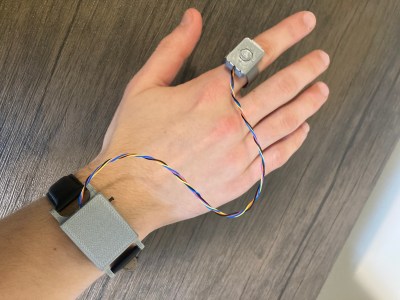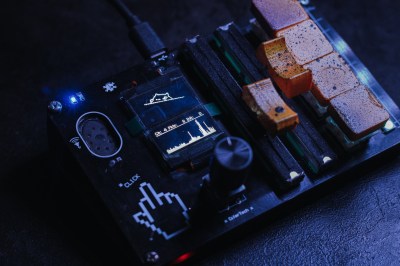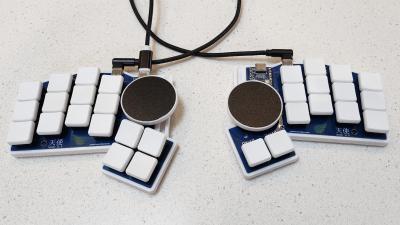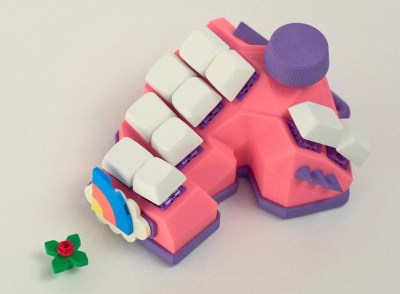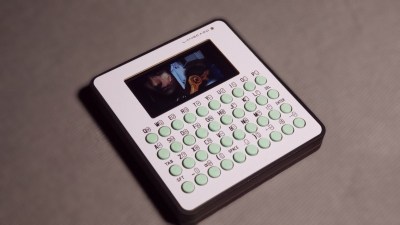Want to give prospective employers a business card that doesn’t immediately get tossed? Of course you do. If you’re one of us, the answer is obvious: make it some kind of a PCB.
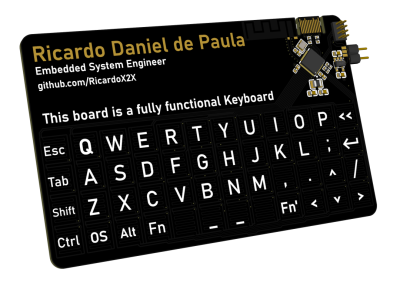
[Ricardo Daniel de Paula] initially chose the CH32V303 microcontroller because it has native USB 2.0 and 16 capacitive touch channels, which can support up to 48 keys via multiplexing.
But in order to reduce costs, [Ricardo] switched to the CH582M, which does all that plus Bluetooth communication. The goal is to have an affordable design for a unique, functioning business card, and I would say that this project has it in spades.
Continue reading “Keebin’ With Kristina: The One With The Folding Butterfly Keyboard”


